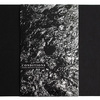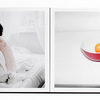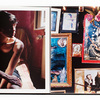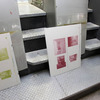Entering the world of photobook publishing
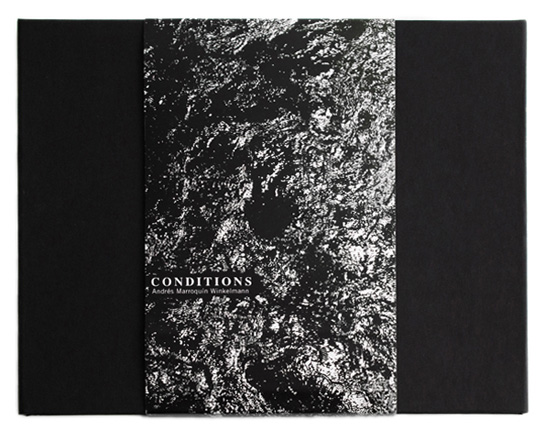
Last December, I talked a bit about photobooks. As much as I love photobooks, what bothers me is that they’re all so similar: “You have an intro […] plus a bunch of images, usually one per page, so as you flip the pages you get one photo after the other […]. That’s it!” Of course, there’s nothing inherently wrong with that, especially if you look at how sequencing the images is used to create a narrative. But does it really have to be that way? (more)
The answer, of course, is no it doesn’t. Many books might require what we could call a linear sequence of images, one image after the other, with a close relationship between them. But many other bodies of work could in fact work very well using a different format.
Earlier this year, I spent a week in Berlin, and I ended up talking with my friend Andrés Marroquín Winkelmann about photobooks. As it turned out, Andrés and I were on the same page (pardon the lame pun!), and we thought we might as well start publishing our own photobooks. Needless to say, that’s more easily decided than done. You have to figure out how and where to get the books printed, bound, etc. Fortunately, Berlin turned out to be the place to do just that. You have to learn quite a few things as you develop a book, making books is a tricky business.
We decided to start with one of Andrés’ own projects called Conditions, a body of work I have been very excited about ever since I saw some of the images for the first time. We spent quite a bit of time thinking about how to present it in book form. Andrés’ had exhibited Conditions hanging the photographs in what you could call a loose cluster: Instead of a simple row of images, the images were spread out across the walls (without being too close to each other, to avoid visual clutter). The idea was to allow the viewer to make connections between different images her/himself. The book, we decided, would have to allow the viewer to do just that - which led to its design:
Once we had the book, we “only” had to decide about the details of our publishing house. With things being printed and bound in German, it felt natural to give it a German name. We simply opted for Meier und Müller (combining two of the most common German names).
Conditions is going to be released after Labor Day - stay tuned for the announcement. With the exception of a few copies being available in dedicated photobook stores, the book will be sold online.
